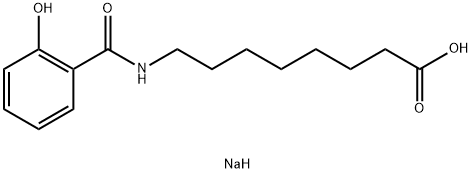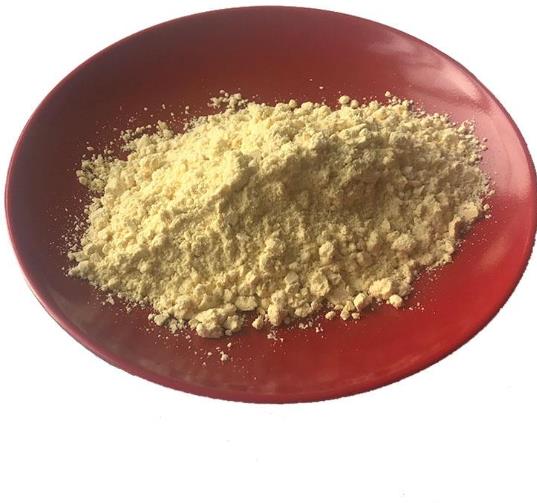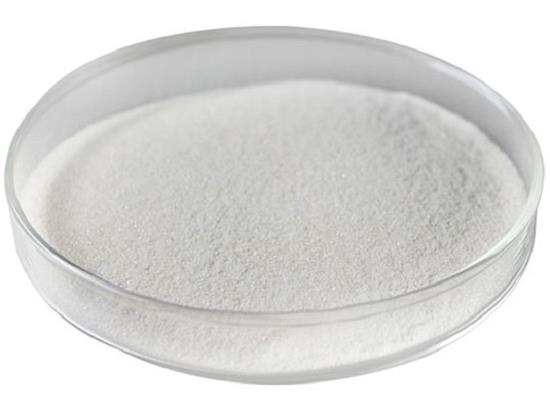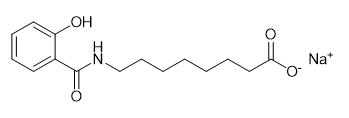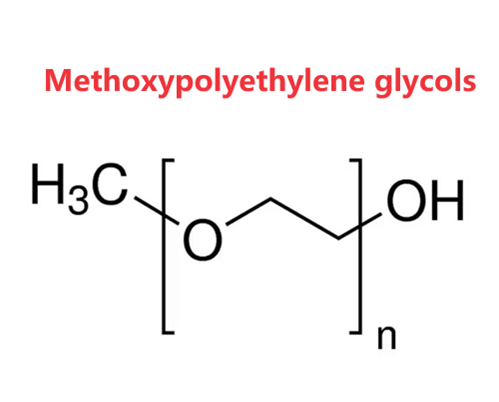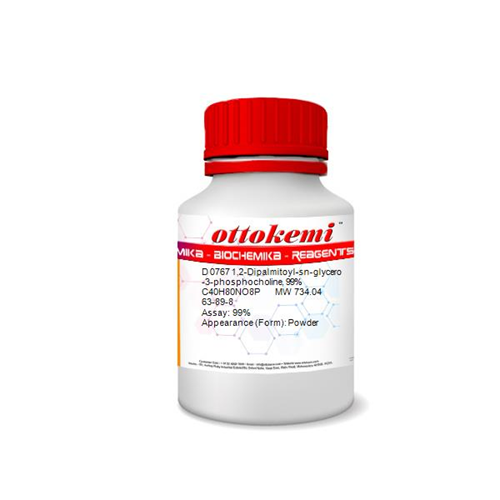Salcaprozate Sodium: Uses, Side Effects and Related Research
Uses of Salcaprozate Sodium
Salcaprozate Sodium (SNAC) is a synthetic N-acetylated amino acid derivative of salicylic acid widely used as a carrier for orally administered drugs. It is an oral absorption enhancer and is clinically approved for use in the PE of oral formulations designed to improve oral BA. It is also used to enhance the oral absorption of certain macromolecules with low bioavailability (e.g., insulin and heparin). Currently, it is mostly used to study the effect of oral administration of large molecules such as peptides or proteins on the permeability of the gastrointestinal membrane.
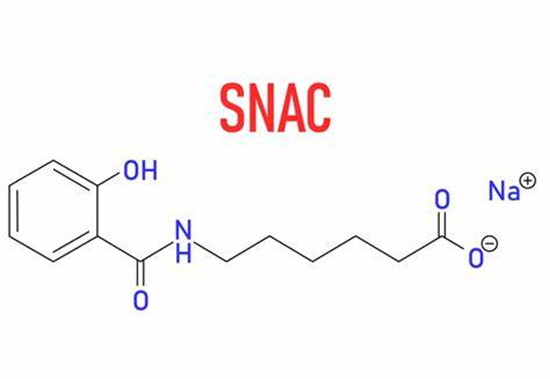
Side Effects of Salcaprozate Sodium
Side effects of Salcaprozate Sodium may include slightly altered electrolyte levels, decreased globulin levels, and histopathological changes in the stomach.
In a study evaluating the safety of Salcaprozate Sodium in combination with ibandronic acid, Wistar rats (10/sex/group) received SNAC alone at levels of 100, 500, or 1000 mg/kg/d orally for 13 weeks SNAC-related mortality was evident only at the 2000 mg/kg/d level and was 20% in males and 50%; there was no clear cause of death. In the Wistar rat study, no mortality was observed at doses up to 1000 mg / kg / d. In the Wistar rat study, no mortality was observed at doses up to 1000 mg / kg / d. Some differences in clinicopathological parameters were observed in SD and Wistar rats, including slightly altered electrolyte levels and reduced globulin levels. Although these differences reached statistical significance, the parameters were within historical control limits. Slightly higher liver and kidney weights were observed in SNAC-treated animals of both strains without corresponding histopathological changes. Therefore, these changes may constitute an adaptive response. Histopathological changes in the stomach were observed in both studies, possibly secondary to irritation induced by the method of administration.
Related Research
Salcaprozate sodium (SNAC) enhances permeability of octreotide across isolated rat and human intestinal epithelial mucosae in Ussing chambers
Octreotide is approved as a one-month injectable for treatment of acromegaly and neuroendocrine tumours. Oral delivery of the octapeptide is a challenge due mainly to low intestinal epithelial permeability. The intestinal permeation enhancer (PE) salcaprozate sodium (SNAC) has Generally Regarded As Safe (GRAS) status and is a component of an approved oral peptide formulation. The purpose of the study was to examine the capacity of salcaprozate sodium (SNAC), to increase its permeability across isolated rat intestinal mucosae from five regions and across human colonic mucosae mounted in Ussing chambers. Apical-side buffers were Kreb's-Henseleit (KH), fasted simulated intestinal fluid (FaSSIF-V2), rat simulated intestinal fluid (rSIF), and colonic simulated intestinal fluid (FaSSCoF). The basal apparent permeability coefficient (Papp) of [3H]-octreotide was equally low across rat intestinal regional mucosae in KH, rSIF, and FaSSIF-V2. Apical addition of 20 mM SNAC increased the Papp across rat tissue in KH: colon (by 3.2-fold) > ileum (3.4-fold) > upper jejunum (2.3-fold) > duodenum (1.4-fold) > stomach (1.4-fold). 20 mM and 40 mM SNAC also increased the Papp by 1.5-fold and 2.1-fold respectively across human colonic mucosae in KH. Transepithelial electrical resistance (TEER) values were reduced in the presence in SNAC especially in colonic regions. LC-MS/MS analysis of permeated unlabelled octreotide across human colonic mucosae in the presence of SNAC indicated that [3H]-octreotide remained intact. No gross damage was caused to rat or human mucosae by SNAC. Attenuation of the effects of SNAC was seen in rat jejunal mucosae incubated with FaSSIF-V2 and rSIF, and also to some extent in human colonic mucosae using FaSSCoF, suggesting interaction between SNAC with buffer components. In conclusion, SNAC showed potential as an intestinal permeation enhancer for octreotide, but in vivo efficacy may be attenuated by interactions with GI luminal fluid contents.
Characterization of the physicochemical interactions between exenatide and two intestinal permeation enhancers: Sodium caprate (C10) and salcaprozate sodium (SNAC)
A common approach to tackle the poor intestinal membrane permeability of peptides after oral administration is to formulate them with a permeation enhancer (PE). Increased oral bioavailability for oral peptide candidates has been reported from clinical trials when either salcaprozate sodium (SNAC) or sodium caprate (C10) is incorporated in the formulation. However, little is known about how they physically interact with peptides in solution. Our objective was to compare the biophysical interactions between the GLP-1 analogue exenatide (Byetta®, Lilly), and C10 or SNAC using a variety of advanced analytical techniques. First, critical micelle concentration was measured in different buffers for both PEs. Dynamic light scattering (DLS) measurements revealed specific supramolecular structures arising from exenatide-PE association. Surface plasmon resonance (SPR) indicated the formation of exenatide-PE complexes with a high contribution from non-specific interactions and rapid binding kinetics, resulting in overall low affinities. DLS and isothermal titration calorimetry (ITC) were used to examine the supramolecular organization of the PEs, and revealed thermodynamic signatures characterized by unfavourable enthalpic contributions compensated by favourable entropic ones, but with low-affinity estimates in water (KD in the 10 –100 µM range). With affinity capillary electrophoresis (ACE), weak interactions between exenatide and SNAC or C10 were confirmed in saline, with a dissociation constant around 10 µM and 30 µM respectively. In biorelevant intestinal media, the bile salts in FaSSIF and FeSSIF further reduced the binding of both agents to exenatide (KD ≈ 100 µM), indicating that the interaction between the PEs and exenatide might be inhibited by bile salts in the GI lumen. This study suggests that the interactions of both PEs with exenatide follow a similar non-covalent mechanism and are of low affinity.
References
[1] SARINJ FATTAH . Salcaprozate sodium (SNAC) enhances permeability of octreotide across isolated rat and human intestinal epithelial mucosae in Ussing chambers[J]. European Journal of Pharmaceutical Sciences, 2020. DOI:10.1016/j.ejps.2020.105509.
[2] CAROLINE TWAROG . Characterization of the physicochemical interactions between exenatide and two intestinal permeation enhancers: Sodium caprate (C10) and salcaprozate sodium (SNAC)[J]. International Journal of Pharmaceutics, 2022. DOI:10.1016/j.ijpharm.2022.122131.
);You may like
Related articles And Qustion
See also
Lastest Price from Salcaprozate Sodium manufacturers

US $0.00-0.00/kg2024-05-30
- CAS:
- 203787-91-1
- Min. Order:
- 0.10000000149011612kg
- Purity:
- ≥99%
- Supply Ability:
- 20tons
![203787-91-1 sodium,8-[(2-hydroxybenzoyl)amino]octanoate](/ProductImageEN/2024-05/Small/92dd275b-55a3-4a0f-ba23-248cbf8ca83e.jpg)
US $5.00/KG2024-05-11
- CAS:
- 203787-91-1
- Min. Order:
- 1KG
- Purity:
- 99%
- Supply Ability:
- 20TONS
